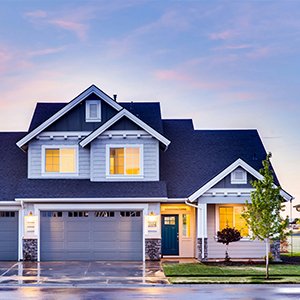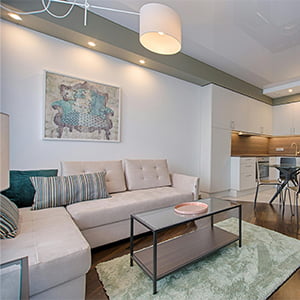
Top 10 Construction Cost-Saving Tips for Home in Pakistan (2025)
April 23, 2025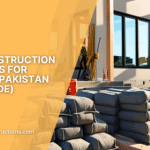
Best Construction Materials for Homes in Pakistan (2025 Guide)
April 30, 2025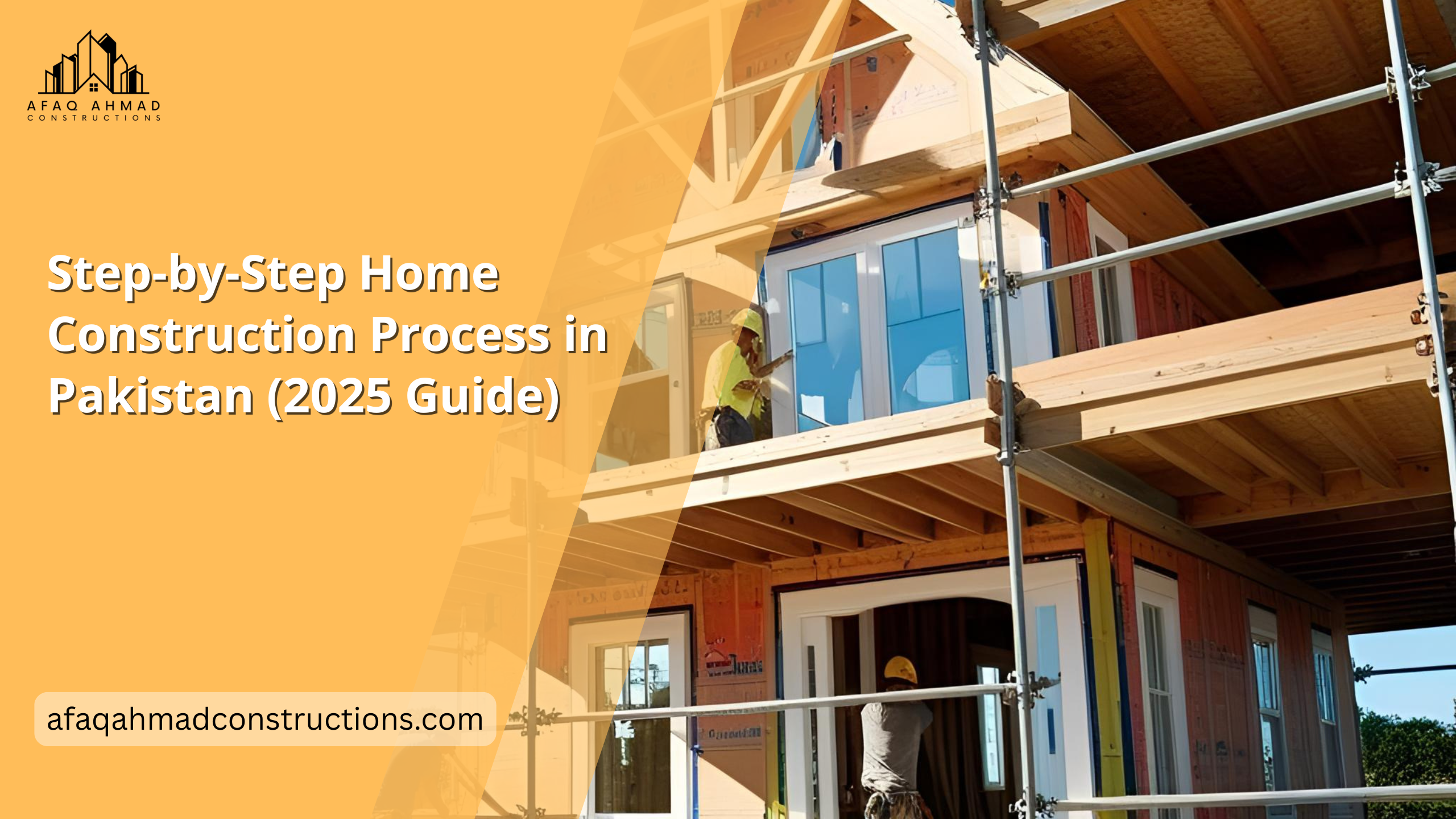
INTRODUCTION: (Home Construction)
Building a house is one of the most significant financial and emotional investments a person can make, especially in Pakistan, where a home represents security, family, and stability. However, constructing a home is a complex process that demands careful planning, execution, and supervision. If you’re planning to build your dream home in 2025, understanding the construction process step-by-step will save you from many common pitfalls. This detailed guide will walk you through the entire journey, from land selection to the finishing touches, so you can construct a home that reflects your vision without unnecessary delays or costs.
Land Selection and Purchase:
The journey towards home construction begins with selecting the perfect piece of land. Choosing the right plot is crucial because it sets the foundation for everything that follows. Several factors must be considered during land selection, such as location, neighborhood infrastructure, proximity to schools, hospitals, markets, and access to main roads. Furthermore, soil quality plays a critical role in determining the cost and durability of construction; soft or unstable soil can result in expensive foundations.
Before finalizing the purchase, it is vital to conduct a thorough legal verification of the property documents. Hiring a property lawyer to verify ownership titles and check for any outstanding disputes or encumbrances is highly recommended. This step can protect you from future legal issues. In Pakistan, it is also important to confirm whether the plot falls under government-approved housing societies like DHA, Bahria Town, or city development authorities like CDA (Islamabad), LDA (Lahore), or KDA (Karachi).
Designing the House:
Once your land is secured, the next step is designing your dream home. Hiring an experienced architect is critical. An architect not only visualizes your ideas into workable drawings of home construction but also ensures that your design complies with local building regulations. Your needs, family size, lifestyle preferences, and future expansions should all be factored into the design.
Besides aesthetic designs, structural plans created by civil engineers ensure the strength and durability of your building. You should also invest in 3D modeling or elevation designs to get a realistic view of your future home. Modern tools like BIM (Building Information Modeling) can help you visualize the structure, saving time and cost during construction. Remember to get your building plan approved by local authorities or the housing society before moving forward. Starting construction without approvals can result in fines or even demolition.
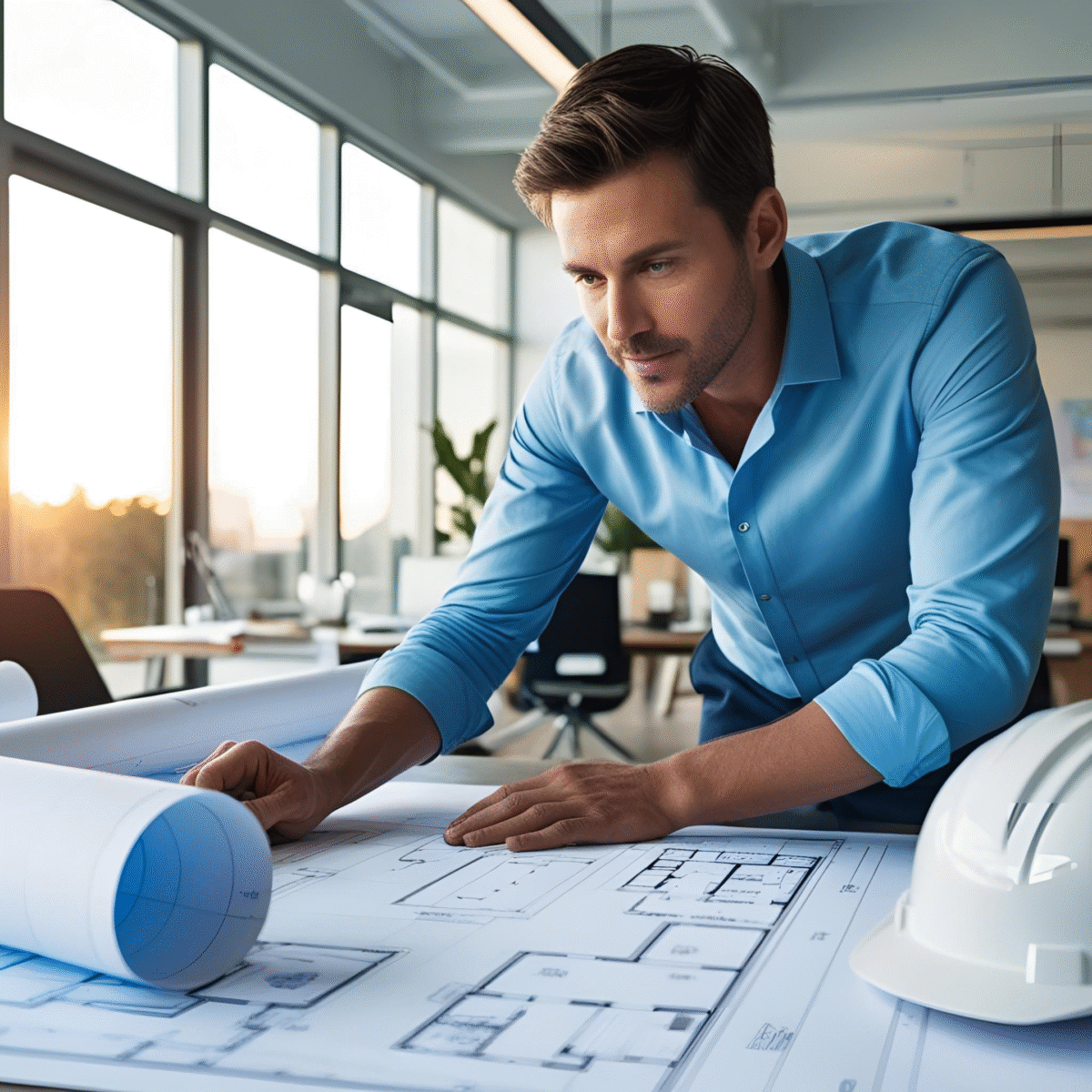
Approval and Documentation:
Documentation is often overlooked by eager homeowners, but securing approvals and NOCs (No Objection Certificates) is a legal necessity in Pakistan. Authorities require the submission of structural designs, electrical layouts, and sewerage plans for inspection before granting construction permission.
You also need to apply for basic utilities like water, electricity, gas, and sanitation. It’s important to keep copies of all correspondence and approvals for your records. The approval phase may seem tedious, but starting construction without it can result in penalties or project suspension.
Grey Structure Construction:
Grey structure home construction marks the real beginning of your physical home. In this phase, the essential skeleton of the building is created, which includes laying the foundation, erecting columns, constructing walls, installing concrete slabs for roofs, and embedding plumbing and electrical conduits.
Foundation work is the most critical aspect, as it carries the weight of your entire home. Depending on the soil test report, your engineer may suggest shallow or deep foundations. After laying the foundation, brick masonry, lintel beams, roof slab casting, and other structural elements follow.
Quality materials like Grade-60 steel, Class-A bricks, and high-grade cement must be used to ensure durability. Moreover, underground plumbing, sewage lines, and electrical pipes are installed during this phase to avoid damage later. Professional supervision is necessary to prevent poor workmanship, which can lead to cracks, water seepage, and even structural collapse.
Roofing and Plaster Work:
Once the grey structure is complete, the next stage involves roofing and plastering. Roofs must be designed for load-bearing capacity and weather resistance. In many areas of Pakistan, especially those prone to heavy rain, an additional waterproofing layer is applied over roofs.
Plastering the interior and exterior walls is crucial for leveling surfaces and preparing them for final finishes. Traditional sand-cement plaster is commonly used, but some homeowners now opt for chemical plasters that offer greater longevity and moisture resistance.
This stage also includes the installation of weather-resistant treatments to external walls. Such treatments prolong the life of the building and maintain its aesthetic appeal even in harsh weather.
Electrical, Plumbing, and HVAC Systems:
Once the structure is sealed, the house’s mechanical “organs” are installed. This phase involves wiring for electrical systems, plumbing for water supply and sewage, and in some cases, ducting for heating, ventilation, and air conditioning (HVAC) systems.
It’s important to pre-plan your electrical outlet locations according to your furniture layout. Proper circuit designs, main boards, and distribution panels should be installed by licensed electricians to meet safety standards.
Similarly, plumbing layouts should ensure an uninterrupted supply of water and proper sewage flow without blockages. Using high-quality pipes and fittings at this stage can save enormous repair costs in the future.
Flooring and Tiling:
Flooring is one of the most visually impactful elements in any home. Whether you opt for marble, ceramic tiles, granite, or wood flooring, careful installation is necessary for long-lasting durability.
In Pakistan, marble is a popular choice due to its elegance and relatively reasonable cost, especially local varieties like Boticina or Tavera marble. For wet areas like bathrooms and kitchens, non-slip tiles are highly recommended for safety reasons.
Good flooring work not only enhances beauty but also ensures easy maintenance and comfort for years to come.
Painting and Finishing:
After the flooring work is done, it’s time to inject life and personality into your house through painting and finishing. Primers are first applied to walls to seal surfaces and prepare them for top coats.
Choose high-quality paints that are resistant to moisture, mildew, and fading. For the exterior, weather-shield paints protect against rain, dust, and UV rays. The interior can reflect your personal style — light and neutral colors are in trend for 2025, creating spacious, airy, and modern homes.
Finishing also includes installing decorative features like false ceilings, moldings, and accent walls.

Doors, Windows, and Woodwork:
The installation of doors, windows, and woodwork transforms the structure into a livable home. Choose solid core doors or metal doors based on your security and style preferences.
Aluminum or UPVC windows are becoming increasingly popular due to their durability and energy efficiency. Wooden features such as cabinets, wardrobes, kitchen fittings, and bathroom vanities should be termite-proofed before installation.
Custom woodwork adds immense value and functionality, offering tailored solutions to suit your lifestyle.
External Work and Landscaping:
The final phase of home construction deals with external beautification and functionality. Boundary walls are built for security, and the installation of gates ensures controlled access.
Driveways, walkways, and patios are laid down, often using stone, tiles, or concrete paving. Proper landscaping, including lawns, plants, trees, and outdoor lighting, can transform the exterior into a stunning living space.
Investing in a professionally designed landscape not only enhances curb appeal but also increases the resale value of your property.
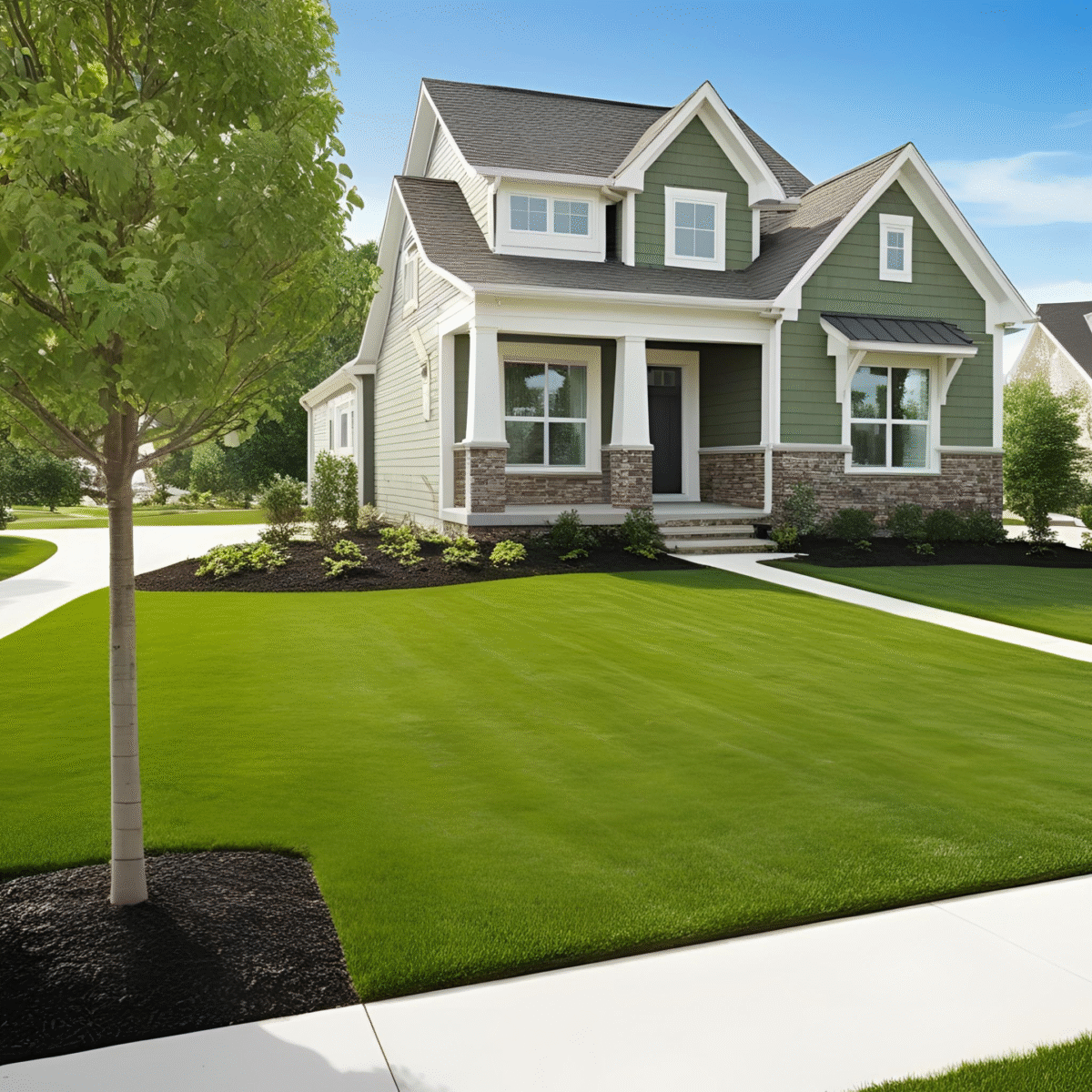
Conclusion:
Constructing a home in Pakistan is a multi-faceted process that demands planning, expertise, and continuous supervision. From land purchase to the final landscaping touches, each step requires careful attention to detail. Understanding this complete home construction process ensures that you can build a structurally sound, aesthetically pleasing, and comfortable living space for your family in 2025 and beyond.
At Afaq Ahmad Constructions, we believe that every dream home deserves expert craftsmanship and trustworthy service.
Get in touch with us today to start your journey toward building your perfect home in Pakistan!
Don’t forget to read our previous blog on Top 10 Cost-Saving Tips for Home Construction in Pakistan 2025 for expert tips!”
According to Pakistan Real Estate Forecast 2025, the demand for residential plots is increasing rapidly.”


